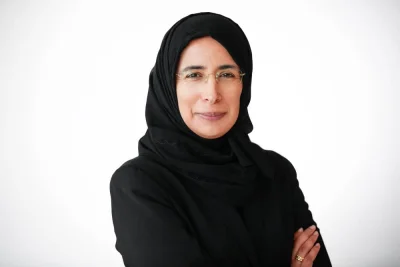The escalating impact of the climate crisis on global food security and agriculture is multifaceted.Climate change leads to more frequent and intense weather events such as droughts, floods, hurricanes, and heatwaves. These events devastate crops, disrupt supply chains, and damage infrastructure essential for agriculture.Rising temperatures, altered rainfall patterns, and shifting climate zones affect the suitability of land for agriculture. Some areas may become too dry or too wet for traditional crops, leading to decreased yields or crop failures.The Food and Agriculture Organisation (FAO) of the United Nations has stressed the urgent need for transformative measures in agrifood systems to combat the escalating impact of the climate crisis on food security and agriculture.This call to action comes in response to the alarming findings of the latest UN State of the Global Climate Report, led by the World Meteorological Organisation, which highlights the continuous breaking of climate change indicator records, such as surface temperatures and greenhouse gas levels, in 2023.The report also underscores how extreme weather events, including heatwaves, floods, droughts, wildfires, and intensifying tropical cyclones, are increasingly disrupting food security and agriculture, with significant socioeconomic repercussions.The report, which includes contributions from FAO’s Climate Risks team, highlights the escalating concerns regarding food security, population displacement, and vulnerabilities exacerbated by extreme weather events.It points to a stark increase in acute food insecurity, with the number of affected people more than doubling since before Covid-19.The publication identifies various underlying factors contributing to food insecurity, including prolonged conflicts, economic downturns, high food prices, and climate-related impacts, with regional examples illustrating these challenges.In southern Africa, severe flooding triggered by Cyclone Freddy caused extensive damage to agricultural land, hindering economic recovery.Similarly, prolonged flooding in South Sudan has exacerbated food insecurity and strained access to basic necessities for millions.In Indonesia, drought led to significant crop failures and reduced rice production, highlighting the global economic losses attributed to climate-related disasters, particularly drought.The UN report underscores the vulnerability of the agricultural sector to climate-related risks, with drought posing a significant threat and causing a substantial portion of global damage and loss. These findings underscore the urgent need for comprehensive, co-ordinated efforts to address climate change impacts, mitigate risks, and build resilience within vulnerable communities worldwide.The National Oceanic and Atmospheric Association has indicated that there is a 62% chance of La Niña occurring by June–August 2024.The recharge-discharge oscillator theory, wherein heat accumulated during El Niño is dispersed to return the ocean to normal conditions, potentially leading to the onset of La Niña, explains this development.La Niña has the potential for a global impact on climate patterns, including the Atlantic hurricane season and North American winter. Regions such as the southern US, Horn of Africa, and southeast South America face the possibility of consecutive years of poor crop yields due to multiple La Niñas that could lead to multiyear droughts and depletion of water reservoirs used for agriculture.Collaboration at local, national, and international levels is essential to mitigate the impacts of climate change on global food security and agriculture.
Wednesday, May 08, 2024
|
Daily Newspaper published by GPPC Doha, Qatar.












